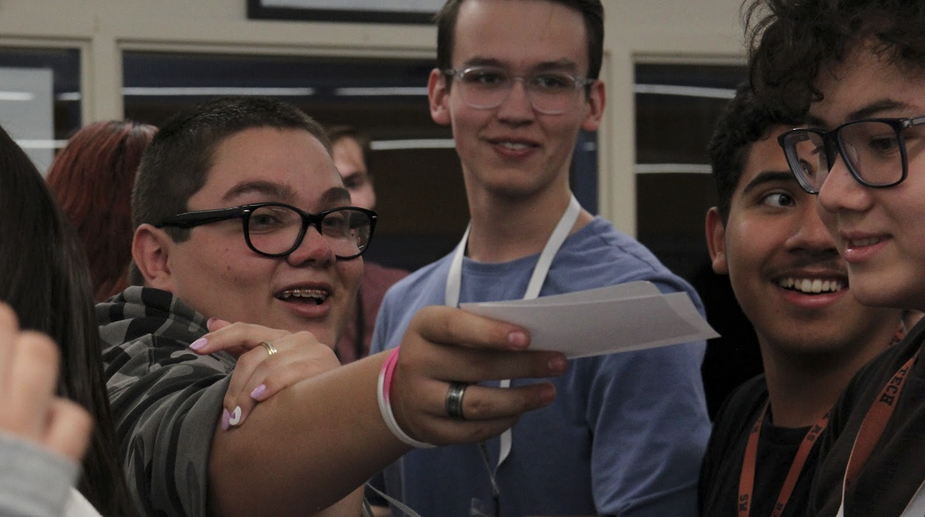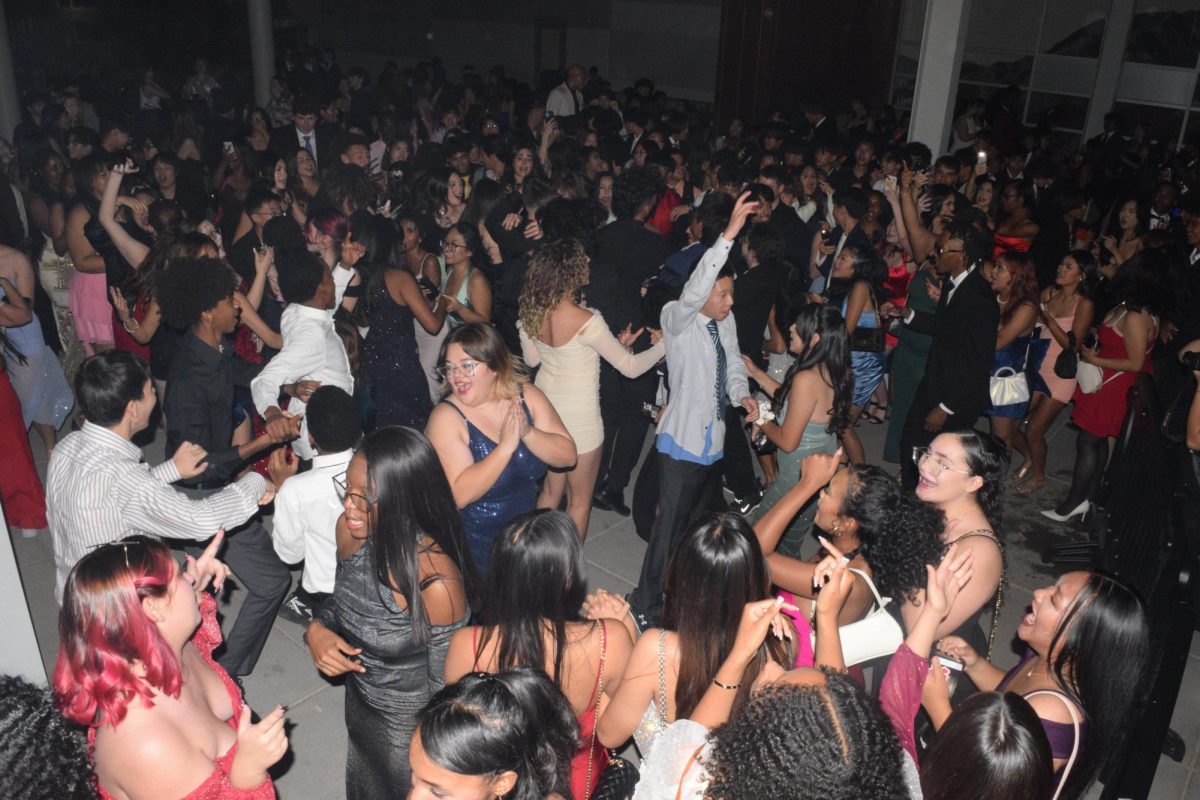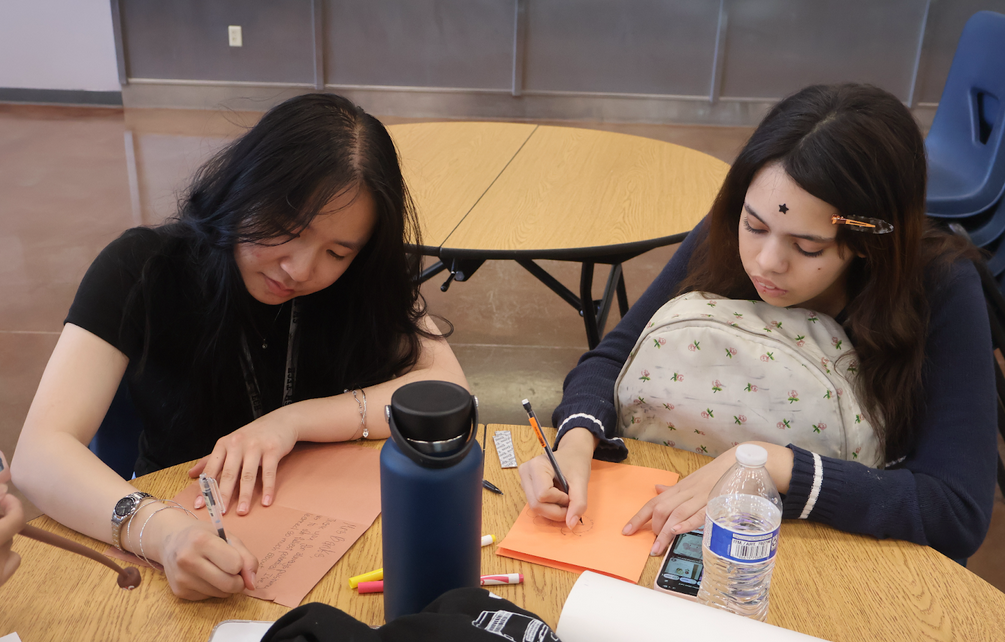Before the use of computers and 3D models, classic animations like “Steamboat Willy” and “The Lion King” used pen and paper to animate frame by frame. Animation l students started a new unit on learning the process of animation by utilizing note cards and binder clips to create a flip book and know the different mediums.
“Making flip books gives an opportunity to practice old school animation techniques,” Animation Teacher Monte Carman said. “They get to actually apply key framing and frame to frame animation but in a traditional format.”
Carman anticipates that his students will enjoy the assignment.
“I expect them to have fun with it, and I want them to really just get the experience of making something that’s in a sort of traditional way, but not something we really do nowadays,” Carman said. ”I’ve seen a couple that really stand out.”
Many students faced challenges throughout their project, whether it was lining up the images or just the amount of time it took.
“For my flip book, I wanted to make plants growing and so I kind of drew out like baseline of what I wanted to do where,” freshman Stacie Blum said. “The hardest part was actually doing the frames because when you start drawing plants it’s really easy because it’s just like one or two lines. But then the farther in you got, you started drawing whole entire trees, and then another tree. The farther you went through the project, the longer the frames took.”
When the flip books are finished, students will choose to make a video or use a photo animator app to put the frames together as a display for their project.
“For future projects I’m kind of looking forward to making characters and whole environments because I think it’d be really fun to animate, emote and style all in one,” Blum said. “In the future I’m hoping to make a whole game with it.”

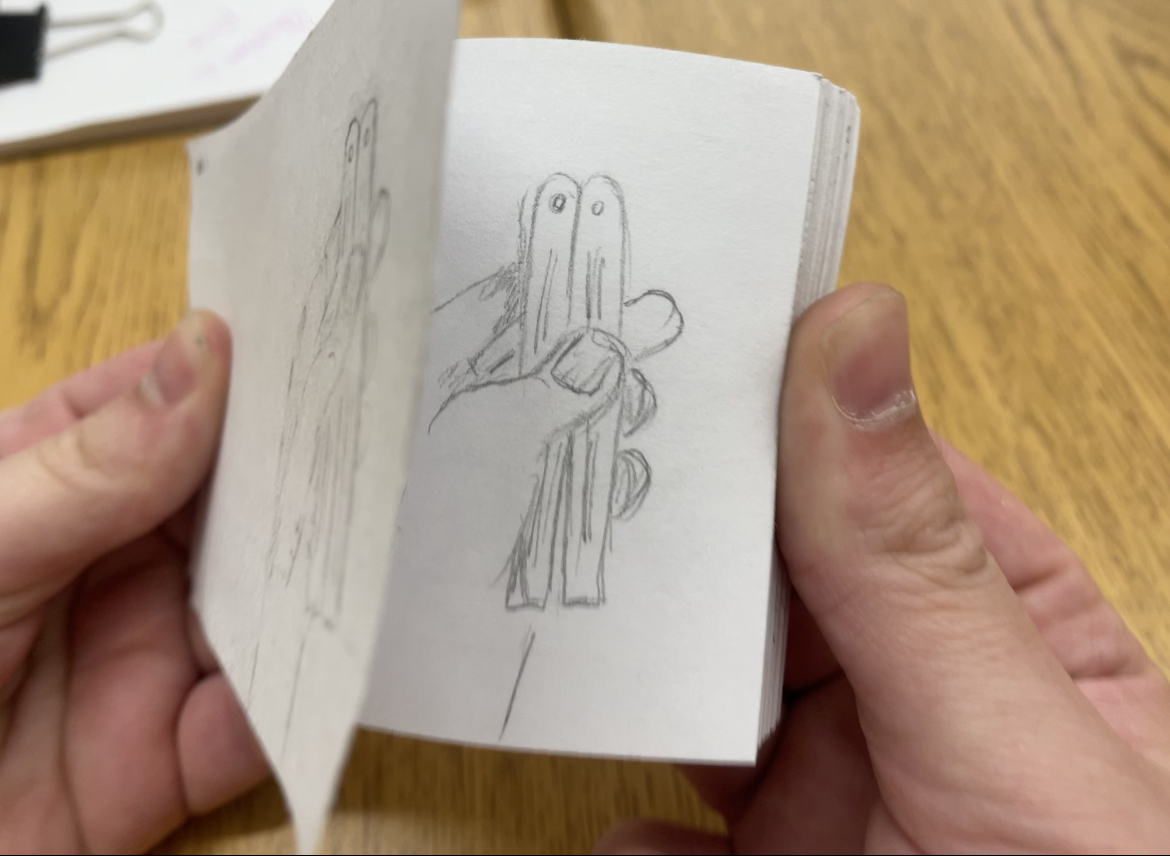

![Working in the Student Success Office, Attendance Secretary Lordis Depiazza inputs a student’s absence excuse note. Students are required to bring an excuse note to the attendance office within three days of any absence. “Reminding students that being in school is important because it reflects towards your grades and being able to do any activities with the school,” Depiazza said. “[It] seems to get the students' attention about wanting to be in school.”](https://southwestshadow.com/wp-content/uploads/2025/10/IMG_8313-1200x800.jpg)

![Squaring up to a practice dummy, sophomore Cypher Andres prepares to throw a punch. Dummies are regularly used to help him prepare certain hits to take his opponents down. “[Boxing dummies help me practice] because it’s basically a model of the body,” Andres said. “It helps with accuracy, such as pressure points behind the ear, and a clean liver shot can end the fight.”](https://southwestshadow.com/wp-content/uploads/2025/10/IMG_5728-e1759850486200-1200x864.jpg)

![Arranging the fabric on the floor for a new project, senior Sapphyre-Ann Leung plans out her attire for the next deadline. With the recent closures, students now had limited resources and less margin for error with the fabric and materials they had in stock while trying to reach strict deadlines. “Joann’s had a lot of high-end fabric for our fashion competitions,” Leung said. “We couldn’t just buy ten yards of fabric from Hobby Lobby or Walmart. Since [Joann Fabrics] is no longer open, we have to buy items online, which is way more expensive.”](https://southwestshadow.com/wp-content/uploads/2025/10/IMG_0038-1200x800.jpg)
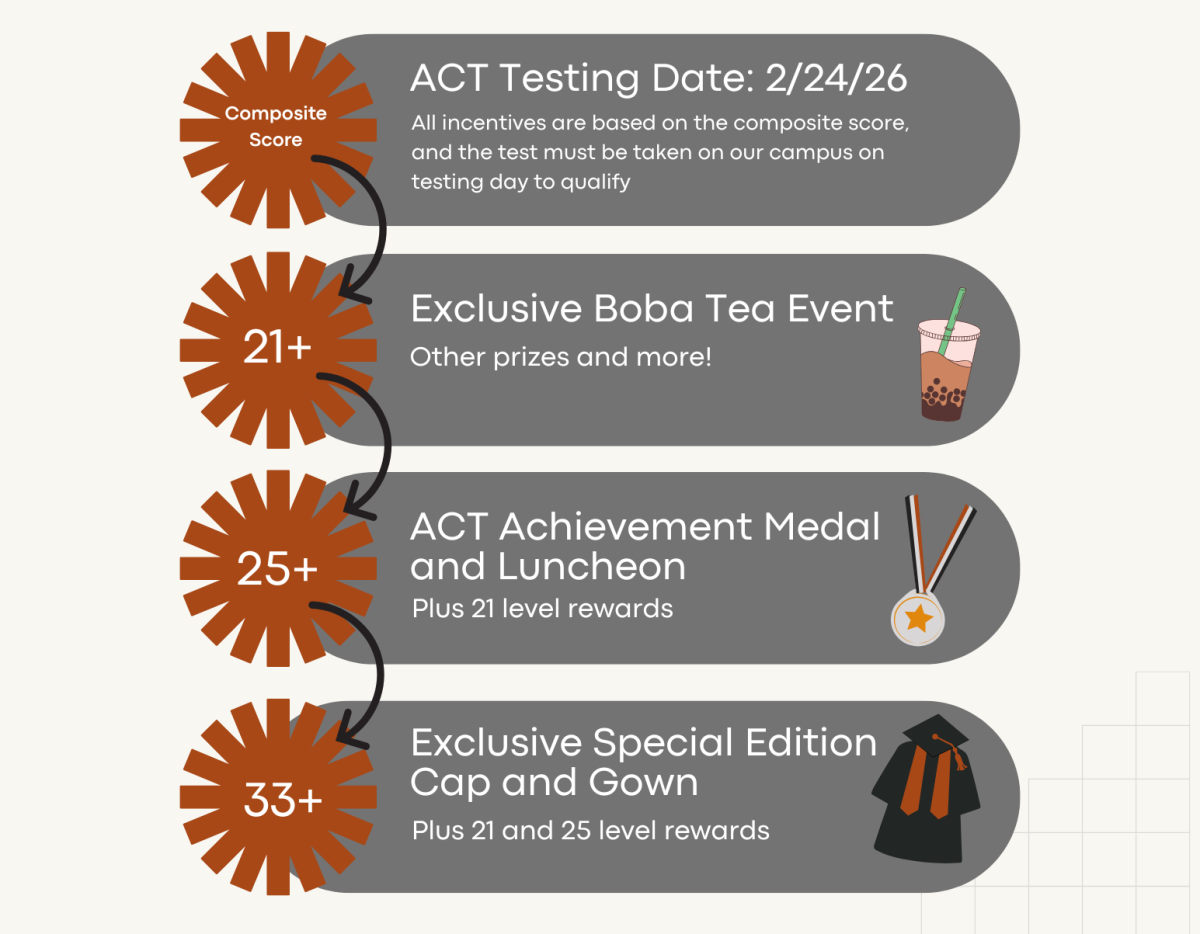
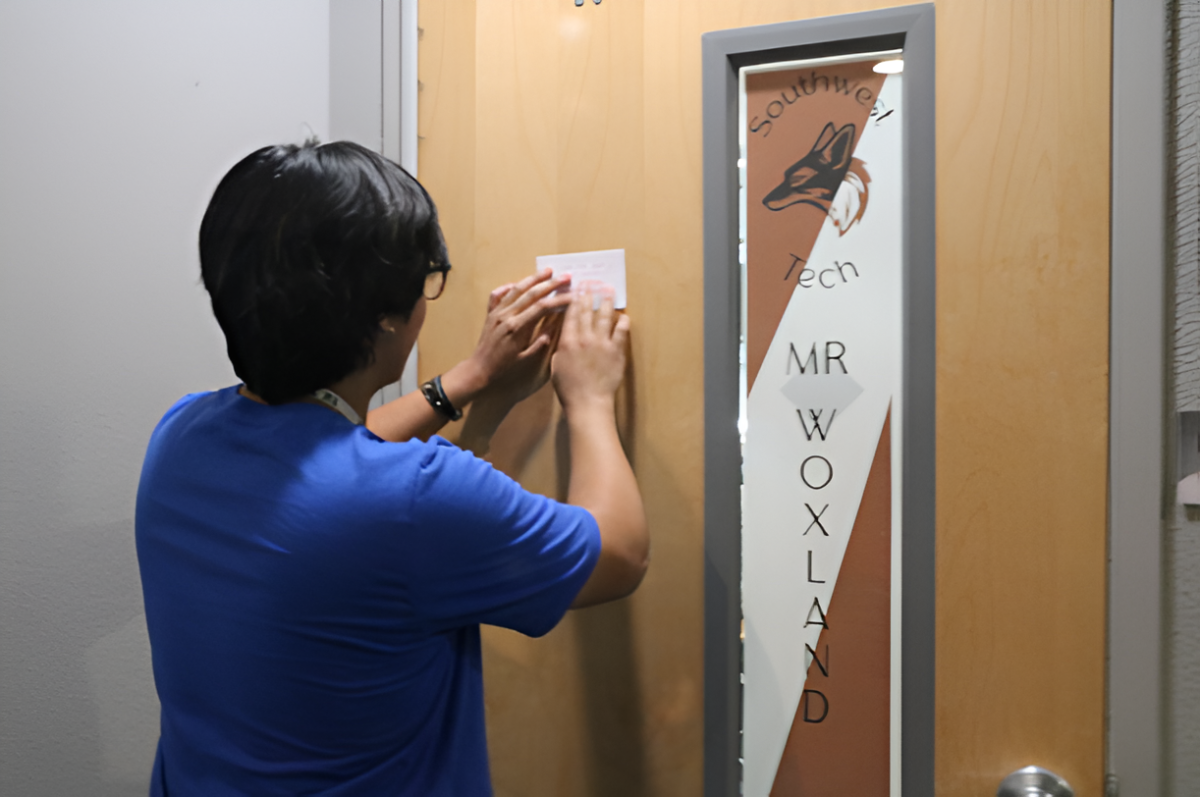
![Practicing the basic skills of nursing, sophomore Natalia Yancey gets her heartbeat checked with a stethoscope. Sophomore nursing students reviewed skills from freshman year. “I’ve always wanted to be in the medical field; it’s been my dream forever,” Yancey said. “Doing [practice skills] so early on is not only an amazing opportunity, but it helps me to prepare for my future.”](https://southwestshadow.com/wp-content/uploads/2025/10/IMG_9843-1200x800.jpg)
